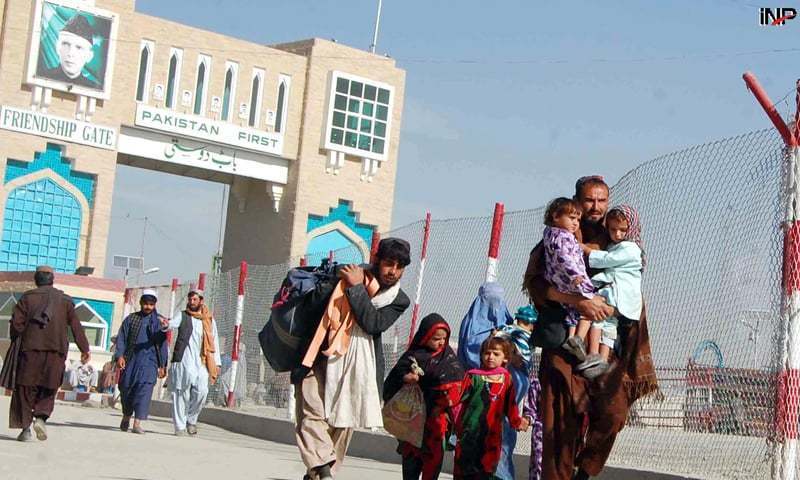By: Rabia Aslam
Peaceful protests and demonstrations are a primal human right according to the United Nations’ universal declaration on human rights. Doctors, on the other hand, are regarded higher than ordinary people because of their proximity to life and death, as well as the social contract between a doctor and a patient. After swearing the Hippocrates oath, a doctor enters into a social contract with his patient. According to this oath, he/she pledges to act in his/her patient’s best interests and to place his/her patient’s health and life above everything else. Doctors in Pakistan have been seen carrying out strikes to protest against the lack of a service framework, security, and low pay.
Every grim situation has a background and so is the case with the scenario going around. Interns and postgraduate doctors (PGs) in Pakistan’s public health sector have continued to work under challenging conditions, including low pay, lengthy working hours, and an undesirable working environment. There were not enough vacancies to accommodate all of the postgraduate trainees on the payroll in public health centers due to a lack of management, defective planning and poor governance. As a result, they were forced to work without remuneration in order to complete their postgraduate training. Unpaid training was later outlawed by the College of Physicians and Surgeons of Pakistan (CPSP), a regulating body for postgraduate certification and training. Though the ban minimized the misuse of post-graduate trainees to some degree, unpaid training continues, and the issue of low wages for young doctors such as interns and PGs has been unsettled. In light of these circumstances, an impromptu body known as the Young Doctors’ Association (YDA) moved forward to negotiate with the government for the resolution of young doctors’ issues. The demands they laid forward were a special salary package for doctors, provision of security in emergency and a service structure for public sector doctors. After multiple rounds of negotiations, the government decided to offer young doctors a pay boost after lengthy negotiations, but questions of security and service structure remained unresolved. Finally, as a result of the continuous ignorance, doctors went on strike in order to send a loud and clear message to the government. The government responded in an unpredictable way. To put an end to the protests, law enforcement forces were mobilized. Several peacefully protesting doctors were physically assaulted and detained, while camps, where peaceful protests were taking place, were uprooted. Many of the doctors who participated in the protests were suspended. The matter of protests was covered extensively in print and electronic media, with a greater emphasis on the suffering of patients.
Low income, long hours, and a lack of safety and security are just a few of the problems that doctors encounter at public hospitals.
It is debatable whether a person has an ethical obligation to pursue a career in medicine and become a doctor. That is, what motivates a person to pursue a career as a doctor, whether it is due to societal necessities such as a shortage of qualified employees or whether it is a voluntary choice with no moral obligations? Doctors are visualized as highly reputable in every country because of their direct link with human lives. Doctors’ strikes can be justified only when there is a corroboration of long-term advantages to doctors, amelioration in service delivery, and individuals (in need of health care) will derive the most benefit from the strike. However, when the strike’s advantages are balanced against the risks to patients, the equation gets more complicated. Measuring the benefits of a strike becomes difficult due to the nature of the damage that may be caused to patients as a result of the strike. The utilitarian approach, on the other hand, contends that once a person commits to enter a profession, he or she must observe the job’s ethical requirements. That is, when a person agrees to become a doctor, he or she enters into a social contract with his or her patients, both implicitly and overtly.
The doctor, the healthcare institution, and the government all share responsibility for patient care in socialized medicine. In this type of system, if one entity fails to meet its obligations, the remaining entities must bear the repercussions. For instance, if the government fails to ensure employee job satisfaction or fulfill its pledges, as happened in Pakistan during the young physicians’ protest, the sanctity of the other two entities may be jeopardized. However, in case the government fails, doctors’ strike decisions could still be viewed as personal choices, such as whether to strike or follow the social contract. The morality of the strike raises the following questions: Should doctors continue to be bound by their social contract, causing them to suffer? Who should be held responsible for the suffering of the patients?
Low income, long hours, and a lack of safety and security are just a few of the problems that doctors encounter at public hospitals. Regrettably, a lack of governance is a barrier, and health is not a top concern for policymakers and planners. Prioritizing health problems, such as better working conditions and service structure, should not be a hard pill to swallow if healthcare is a primary focus on the agenda. When viewed through the lens of socialized medicine, doctors’ protests may appear to be the result of government indifference, yet utilitarian theory and the Hippocrates oath do not nullify doctors’ moral obligation to prioritize patients’ health. The government must also take a proactive approach to cope with doctors’ strikes. Using physiological violent force to stop the strikes can not only escalate the situation, but it also demonstrates the government’s lack of interest in addressing the doctors’ many issues, such as job satisfaction and career advancement. If a doctor is underpaid, has little opportunities for advancement, and is forced to work long hours, not only is the quality of care and ability to act in the best interests of patients harmed, but it may also result in brain drain. Finally, while reporting any subject for public awareness, the unbiased function of print and electronic media is critical. People should have access to information and perspectives from all parties, which will aid them in determining the situation’s validity.
The doctors’ strike action places them in a more ethically precarious position. There is no single best response to the question of whether or not doctors should strike. While maintaining emergency services operational during a strike is a responsible step in the interests of the very ill, whereas, rejections of non-urgent care might push such cases into avoidable emergency situations. In either case, those who are most in need of health care are the ones who will experience the brunt of the strike’s consequences.
The writer is an educationist, content writer, and freelance columnist with nearly more than a decade of experience in the field of education. She is an eloquent commentator on women’s rights, education, peace and interfaith harmony. She can be reached at [email protected]



